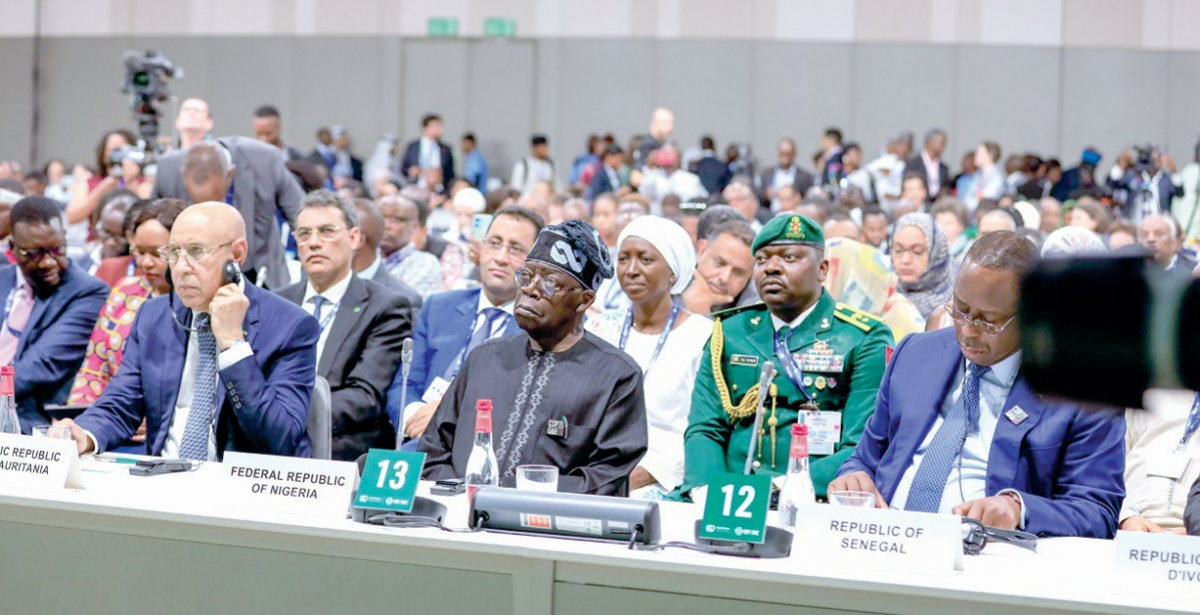Hope to fight climate change dashed with static funding – study

As developing countries such as Kenya continue to suffer adverse effects of climate change, the world is set to miss its target to double adaptation finance by 2025.
According to UNEP’s Adaptation Gap Report 2023, instead of increasing, funding has remained stagnant and the consequences for failure to meet the target are expected to be severe especially for countries in the Global South.
Inger Anderson, the Executive Director at UNEP says the result of not meeting this target will be countries seeking loans in order to fund the aftermaths of climate changes.
“Few months ago, the country I call home, Kenya, witnessed one of the worst droughts in 40 years and millions of livestock died. The same country is now socked with extreme flooding. This would have been prevented if the adaptation fund was up to the targets,” she said.
The adaptation fund which was adopted at COP26 at Glasglow was aimed at helping most affected countries and enable them to put preventive measures against climate change.
In the Glasglow agreement, nations agreed to raise the adaptation finance from $20 billion to $350 billion by 2025.
However, Inger said the adaptation gap has grown bigger and its status is threatening major plans country’s have towards implementing its adaptation policies.
“With less than two years to the deadline, adaptation finance is only $40 billion which is a drop in the ocean because developing countries need more than $387 billion annually, to implement and operationalise their national plans. We have forgotten about the promises we made at Glasglow,” she noted.
With poor nations such as Kenya being at the receiving end of the entire climate change cycle, Inger said these failures have pushed them to extreme poverty as they are forced to take loans so as to mitigate the effects of climate change.
She said “at the onset of drought, 1.5 million children in Kenya were under school feeding programmes, but after the drought, the number of pupils who needed school feeding programmes increased to four million. Where was the government supposed to get the money to feed the pupils? They had to take a loan, yet, this is a climate impact issue.”
Anderson notes that this has made the already debt-ridden Kenyan government drown in more debt as they look for ways to resolve the impacts of the global crisis.
Inger said the debt situation is not unique to Kenya as majority of developing countries are facing similar challenges of climate change effects and also inaccessibility to adaptation finance, leaving them only with the option of taking loans from international lenders.
“It is time we relook at adaptation finance and prevent nations like Kenya from sinking into more debts. What these countries need are grants and not loans. And that is why we need to increase our efforts towards this fund,” she noted.
Simon Stielle, head of UNFCCC says much attention has been given to mitigation financing, yet, adaptation was a preventive measure that prepares a country’s resilience and taking precaution before the adverse effects hits.
He said despite its importance, global stoke-taking shows its finance has remained stagnant with only $40 billion raised.
“This is why we need to scale up efforts to meet the target. Some of the ways of doing this is by bringing in private sector and international financing institutions with the condition that the finances are affordable, accessible and urgent. Countries wants grants and not loans and therefore should not be punished further with crashing debts,” he said.
And while global leaders fight for the upscaling of this fund, UNEP’s report has given seven core approaches which countries can increase their adaptation finances.
Domestic expenditure and private sector finance have been listed as potentially important sources of adaptation finance with domestic expenditure likely to take up to five per cent of the government budget.












